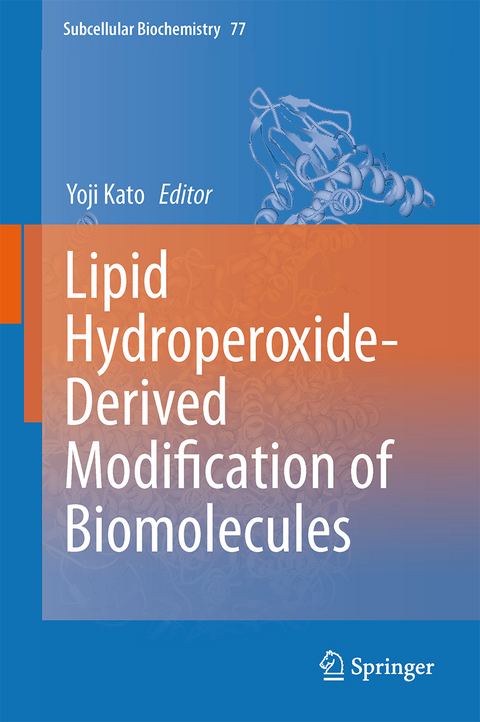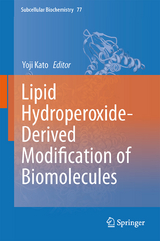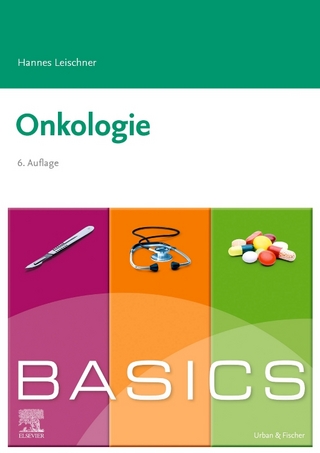Lipid Hydroperoxide-Derived Modification of Biomolecules
Springer (Verlag)
978-94-007-7919-8 (ISBN)
Lipid peroxidation is an important cellular process which can lead to detrimental effects if it is not regulated efficiently. Lipid hydroperoxide is formed in an initial step of lipid peroxidation. Lipid hydroperoxide is also known as a potential source of singlet oxygen. Harmful aldehydes are formed when the lipid hydroperoxide is degraded. The formed aldehyde has high reactivity against thiol or amine moieties. Therefore, it could act as a signaling molecule, which might induce the changing of gears inside a cell. Recent studies have shown that lipid hydroperoxide or a slightly modified product of the lipid hydroperoxide reacts with biomolecules such as proteins and aminophospholipids, which leads to formation of amide-type adducts. Amide-type adducts could be one of markers for oxidative stress and could also be an important player in some diseases. In this book, the chemistry and biochemistry of lipid hydroperoxide along with their conjugates with biomolecules are described.
Preface. I Lipid peroxidation and small molecule adducts.- Lipid hydroperoxides as a source of singlet molecular oxygen.- The formation of lipid hydroperoxide-derived amide-type lysine adducts on proteins: a review of current knowledge.- Lipid hydroperoxide-derived adduction to amino-phospholipid in biomembrane.- Amide-type adduct of dopamine - Plausible cause of Parkinson diseases.- Determination of HEL (hexanoyl-lysine adduct): a novel biomarker for omega-6 PUFA oxidation.- Hexanoyl-lysine as a deterioration marker for rice during storage.- Cholesterol hydroperoxides and their degradation mechanism. II Pathophysiological consequences.- Amide-adducts in atherosclerosis.- Oxidative Modification of Lipoproteins.- Immunochemical Detection of Lipid Hydroperoxide- and Aldehyde-Modified Proteins in Diseases.- Role of Lipid Peroxide in the Neurodegenerative Disorders.- Lipid Hydroperoxide-Derived Modification of Proteins in Gastrointestinal Tract. III Applications for diagnosis and development of functional food.- Low-cost and easy-to-use "on-chip ELISA" for developing health-promoting foods.- Hexanoyl-lysine as an oxidative-injured marker - application of development of functional food.- Potential role of oxidative protein modification in energy metabolism in exercise.- Suppressive effects of cacao polyphenols on the development of atherosclerosis in apolipoprotein E-deficient mice.- Index.
| Erscheint lt. Verlag | 15.1.2014 |
|---|---|
| Reihe/Serie | Subcellular Biochemistry ; 77 |
| Zusatzinfo | 27 Illustrations, color; 51 Illustrations, black and white; VIII, 202 p. 78 illus., 27 illus. in color. |
| Verlagsort | Dordrecht |
| Sprache | englisch |
| Maße | 155 x 235 mm |
| Themenwelt | Medizin / Pharmazie ► Medizinische Fachgebiete ► Onkologie |
| Medizin / Pharmazie ► Studium | |
| Naturwissenschaften ► Biologie ► Biochemie | |
| Naturwissenschaften ► Biologie ► Zellbiologie | |
| Technik ► Lebensmitteltechnologie | |
| Schlagworte | covalent adducts • lipid hydroperoxide • Oxidative stress • singlet oxygen |
| ISBN-10 | 94-007-7919-4 / 9400779194 |
| ISBN-13 | 978-94-007-7919-8 / 9789400779198 |
| Zustand | Neuware |
| Haben Sie eine Frage zum Produkt? |
aus dem Bereich




